How to Clean a Mouthguard: Easy Steps for Fresh & Safe Use
You rinse it under cold tap water for a few seconds, shake it off, and pop it back into its case. Sound familiar? If that’s your entire routine for how to clean a mouthguard, you’re not alone. But here’s an uncomfortable truth: that quick rinse is like trying to clean a dirty dinner plate with a single drop of soap. It’s not just about removing visible spit; it’s about battling an invisible ecosystem of bacteria, fungi, and plaque that thrives in the warm, moist environment of your mouthguard.
I learned this the hard way. After a particularly gruelling hockey season, my trusted mouthguard developed a faint pink tinge and a smell I can only describe as… athletically unfortunate. It was a wake-up call. A dirty mouthguard isn’t just gross; it’s a potential health risk, linked to everything from strep throat to more systemic issues. Properly understanding how to clean a mouthguard is non-negotiable for anyone who uses one, from professional athletes to night-time teeth grinders.
This guide goes beyond the basic advice. We’ll dive into the why behind the how, offering a comprehensive, step-by-step approach to ensure your mouthguard isn’t just clean, but truly sanitized and safe.
Why a “Quick Rinse” Isn’t Enough: The Science of a Dirty Mouthguard
Think of your mouth as a bustling metropolis of microorganisms. Most are harmless, but when they transfer to your mouthguard and are stored away from air and light, they multiply rapidly. A study published in the Journal of the Canadian Dental Association highlights that inadequate cleaning can lead to the colonization of microbes like Candida allicins (yeast) and Staphylococcus aureus (bacteria that can cause infections).
A neglected mouthguard becomes a biofilm-coated petri dish. Biofilm is a slimy layer of bacteria that adheres firmly to surfaces, making it notoriously difficult to remove with just water. This is why knowing the correct method for how to clean a mouthguard is crucial for preventing:
- Oral Infections: Gingivitis, thrush, and canker sores.
- Systemic Illnesses: Bacteria can enter the bloodstream through tiny cuts in your gums.
- Unpleasant Doors and Taste: The by-products of bacterial metabolism are what cause that foul smell and taste.
- Premature Degradation: Bacteria and cleaning agents like toothpaste can break down the plastic, making your mouthguard less effective and shortening its lifespan.
Your Essential Toolkit: What You Need (and What to Avoid)
You don’t need a lab to properly disinfect your gear. Here’s a simple toolkit for effective mouthguard maintenance.
The Do’s: Your Cleaning Arsenal
- Mild, Antibacterial Soap: The undisputed champion for daily cleaning. It effectively cuts through grease and biofilm without being overly abrasive.
- Soft-Bristled Toothbrush: Dedicate an old, soft-bristled toothbrush solely to mouthguard cleaning. Hard bristles can scratch the surface, creating more hiding spots for bacteria.
- Cold or Lukewarm Water: Hot water can warp the plastic, altering the fit and protection of your guard.
- Denture Cleaner or Effervescent Tablets: A fantastic weekly deep-clean option. These are specifically designed to dissolve biofilm on dental appliances.
- White Vinegar or Hydrogen Peroxide (3% solution): Excellent natural disinfectants for a monthly soak. They kill germs effectively but must be used correctly (more on that below).
- A Well-Ventilated Case: Your mouthguard needs to dry completely between uses. A case with ventilation holes is mandatory.
The Don’ts: Products to Avoid at All Costs
- Toothpaste: It’s too abrasive. The whitening agents and mild abrasives in toothpaste will create micro-scratches, making the guard cloudy and rough, which attracts more bacteria.
- Hot Boiling Water: This will melt, warp, or shrink your mouthguard, rendering it useless.
- Harsh Chemicals: Avoid bleach, alcohol-based cleaners, or harsh solvents. They can break down the material and leave toxic residues.
- Dishwashers: The heat and aggressive detergents are a recipe for disaster.
The Ultimate Routine: How to Clean a Mouthguard in 3 Tiers
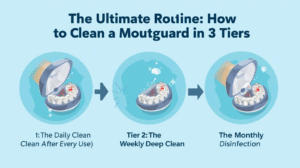
A truly effective hygiene strategy involves daily, weekly, and monthly steps. This tiered approach ensures continuous protection.
Tier 1: The Daily Clean (After Every Use)
This is your non-negotiable, post-game or post-sleep routine. The entire process should take less than 60 seconds.
- Rinse Immediately: As soon as you take the mouthguard out, rinse it thoroughly under cold running water. This removes large debris and saliva.
- Brush Gently: Using your dedicated soft-bristled brush and a drop of antibacterial soap, gently scrub every surface of the mouthguard—inside, outside, and the biting surface. Pay special attention to grooves and ridges.
- Rinse Thoroughly: Wash off all the soap completely. Any residue will taste unpleasant and could irritate your mouth.
- Dry Completely: Pat it dry with a clean, lint-free cloth or paper towel and place it in its ventilated case, leaving the lid open for a while to allow air circulation.
This daily ritual is the most critical part of learning how to clean a mouthguard effectively.
Tier 2: The Weekly Deep Clean
Once a week, give your guard a more powerful refresh to tackle any lingering biofilm.
- The Effervescent Method: Fill a glass with lukewarm water and drop in a denture cleaning tablet. Submerge your mouthguard for the recommended time on the product label (usually 3-10 minutes). After soaking, rinse it thoroughly.
- The Vinegar Soak Method: Mix one part white vinegar with three parts cold water in a container. Soak your mouthguard for no more than 15-20 minutes. Vinegar is acidic, so prolonged soaking can be damaging. Rinse extremely well afterward to remove the vinegar taste and smell.
Tier 3: The Monthly Disinfection
For a powerful, germ-killing reset, a monthly soak in hydrogen peroxide is highly effective.
- The Hydrogen Peroxide Method: Use standard 3% hydrogen peroxide solution. Submerge your mouthguard for 30 minutes. This will kill a broad spectrum of microbes. After soaking, rinse meticulously under running water for at least 30 seconds. This is a powerful step in the process of how to clean a mouthguard for maximum safety.
A Crucial Comparison: Weekly Deep Clean Methods
| Feature | Effervescent Tablets | White Vinegar Soak |
| Primary Action | Biofilm removal, stain lifting, freshening | Disinfection, deodorizing |
| Ease of Use | Very easy; “drop and wait” | Easy; requires mixing and precise timing |
| Safety Profile | Very safe; designed for dental materials | Safe if diluted and timed correctly |
| Best For | Regular maintenance, convenience | Natural cleaning alternative |
| Rinsing Needed | Thorough rinse required | Extremely thorough rinse required |
Special Considerations for Different Mouthguard Types
The core principles of how to clean a mouthguard apply to all types, but there are slight variations.
- Boil-and-Bite Guards: These are porous, making them more susceptible to bacterial penetration. Be extra diligent with your cleaning routine. Avoid using vinegar or hydrogen peroxide too frequently, as they can degrade the material faster.
- Custom-Fitted Guards (from a Dentist): Made from a denser, less porous acrylic, they are more resistant to staining and bacteria. You can follow the standard routine, but always defer to any specific cleaning instructions provided by your dentist.
- Night Guards (for Bruxism): Since these are used nightly and often for longer periods, they require the same rigorous daily cleaning as athletic mouthguards. Plaque buildup can be significant.
Storing Your Mouthguard Correctly: The Final Step
Cleaning is only half the battle. Indecorous storehouse can undo all your hard work. Never store a wet mouthguard in an airtight container. This creates a dark, damp, anaerobic environment—a paradise for bacteria and meld.
Always ensure your guard is completely dry before placing it in its ventilated, hard-sided case. Store the case in a cool, dry place away from direct sunlight, which can also degrade the plastic.
Also Read More: How to Clean a Mouthguard
Conclusion: Your Health Is Worth the Effort
Knowing how to clean a mouthguard properly is a simple yet profound act of self-care. It’s about respecting a piece of equipment that exists solely to protect you. By integrating these easy steps into your routine, you transform your mouthguard from a potential health hazard into a reliably fresh and safe guardian of your smile.
Your mouthguard works hard for you. It’s time to return the favour.
What’s your top tip for keeping your gear fresh? Have you had a mouthguard horror story that taught you a lesson? Partake your gests and questions in the commentary below! And if you found this guide helpful, explore our other articles on dental health and athletic performance.
Also Read This: How to Clean a Mouthguard
Frequently Asked Questions (FAQs)
How often should I clean my mouthguard?
You should perform a quick clean every single time you use it. This means giving it a brush with soap and water after your game or each morning. For a deeper clean, a weekly soak with effervescent tablets or vinegar is recommended. A thorough understanding of how to clean a mouthguard involves this tiered approach: daily, weekly, and monthly, to ensure it stays fresh and safe.
Can I use mouthwash to clean my mouthguard?
While it might seem like a good idea, most dentists advise against using mouthwash as a primary cleaning method. Many mouthwashes contain alcohol and colouring agents that can dry out, crack, or stain the plastic of your mouthguard over time. It’s better to stick with the proven methods of how to clean a mouthguard using antibacterial soap or dedicated cleaners.
What is the absolute fastest way to clean a mouthguard if I’m in a rush?
The fastest effective method is a thorough rinse under cold water followed by a gentle scrub with a soft brush and antibacterial soap. This 60-second routine is the minimum standard for knowing how to clean a mouthguard properly and is far better than just a rinse alone. Never sacrifice this basic clean for the sake of speed.
I see a pink or black spot on my mouthguard. Is it meld, and can I save it?
Pink spots are often a bacterium called Serratia marcescens, and black or green spots are likely meld. If the spotting is light, a vigorous scrub followed by a long soak in a denture cleaner or diluted hydrogen peroxide might remove it. However, if the spots are deep within the material or the guard has an door you can’t eliminate, it’s safest to replace it. This is a key reason why a consistent routine for how to clean a mouthguard is so important—to prevent this issue altogether.
How long does a properly cleaned mouthguard typically last?
The lifespan depends on use and care. A boil-and-bite athletic mouthguard used regularly might last a season (3-6 months), while a custom night guard can last several years. The single biggest factor in longevity is consistent, proper cleaning. Knowing how to clean a mouthguard gently and effectively will significantly extend its life, saving you money and ensuring continuous protection.




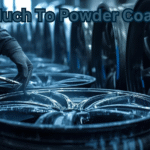

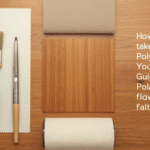
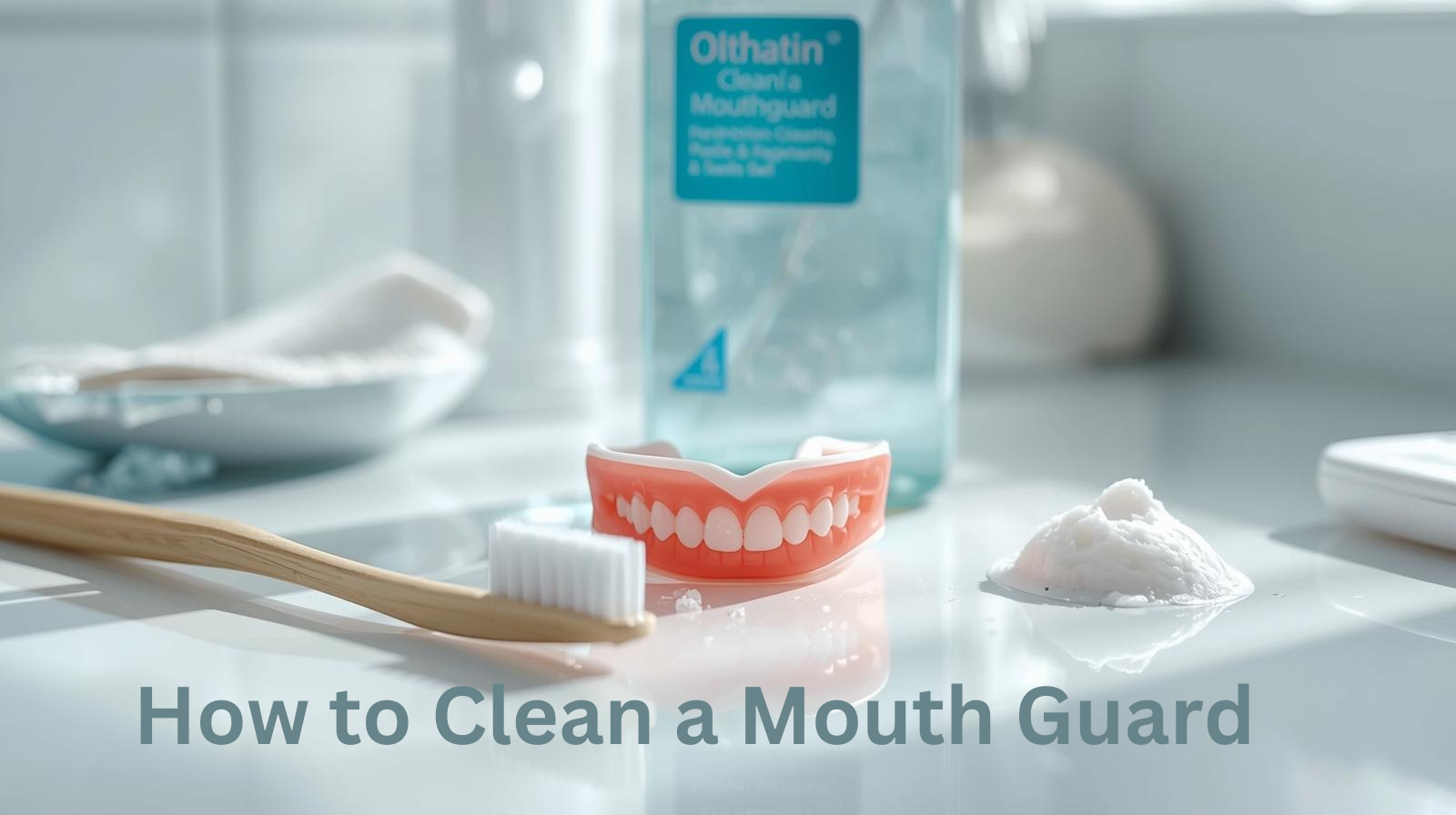
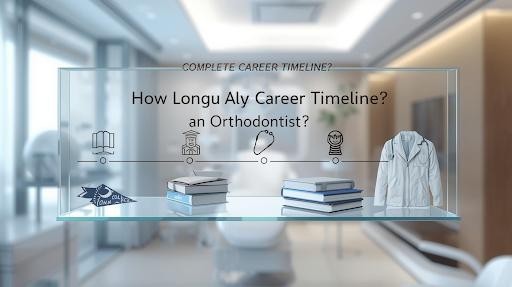
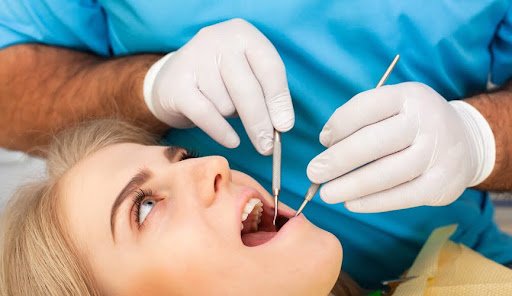

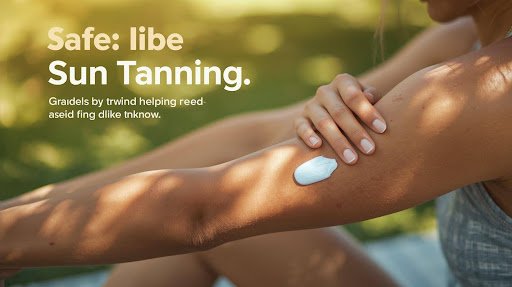
One thought on “How to Clean a Mouthguard: Your Easy Guide to Fresh & Safe Protection”